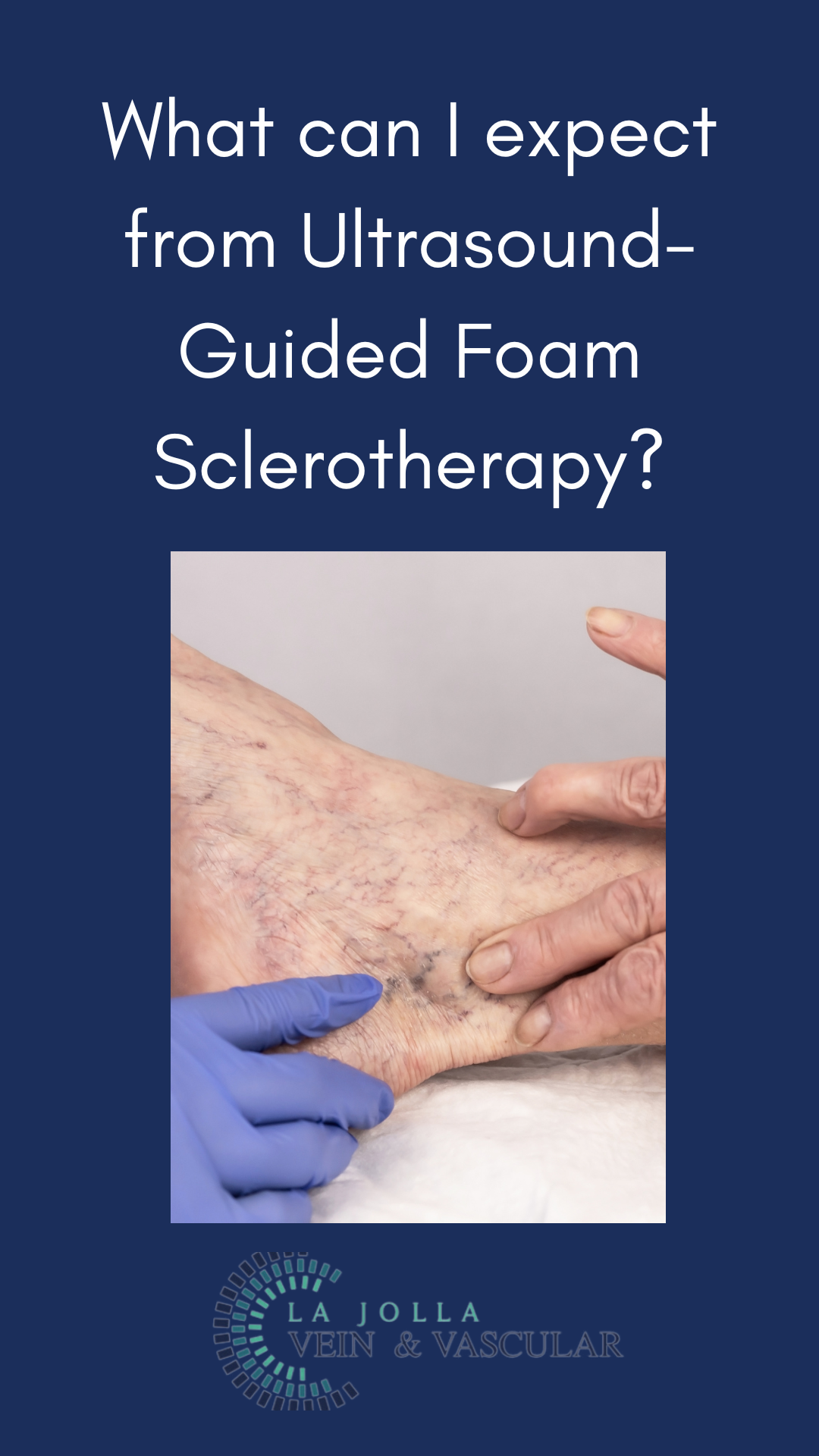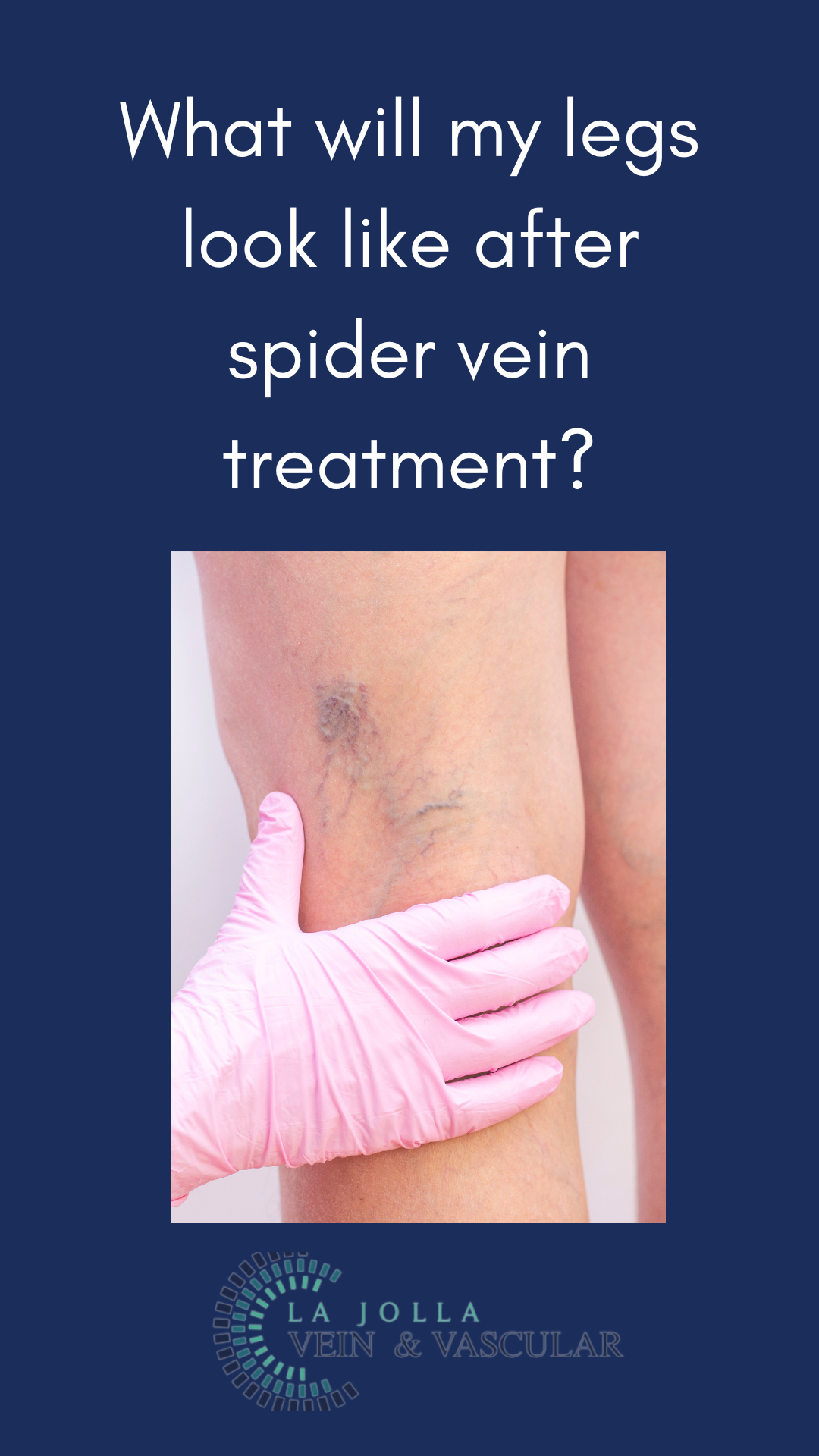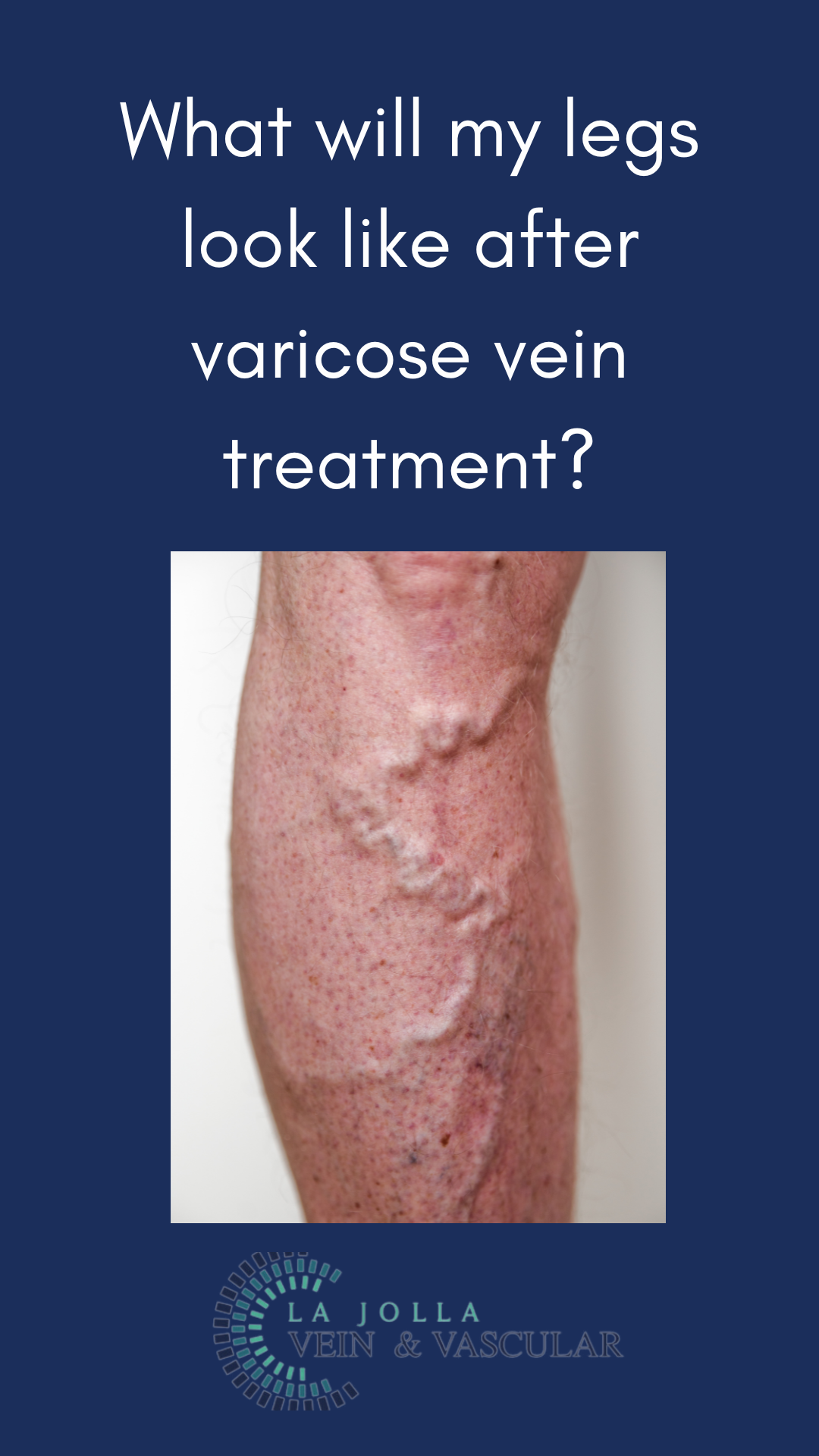How do you diagnose a DVT? Ultrasound Diagnosis.
LJVascular2024-06-10T02:07:31-07:00Deep vein thrombosis (DVT) poses a significant risk to health, with potentially life-threatening consequences if left untreated. Understanding how blood clots form and identifying the symptoms are crucial steps in managing this condition. But how is DVT diagnosed, and what role does duplex ultrasound play in this process? Let’s delve into the […]












